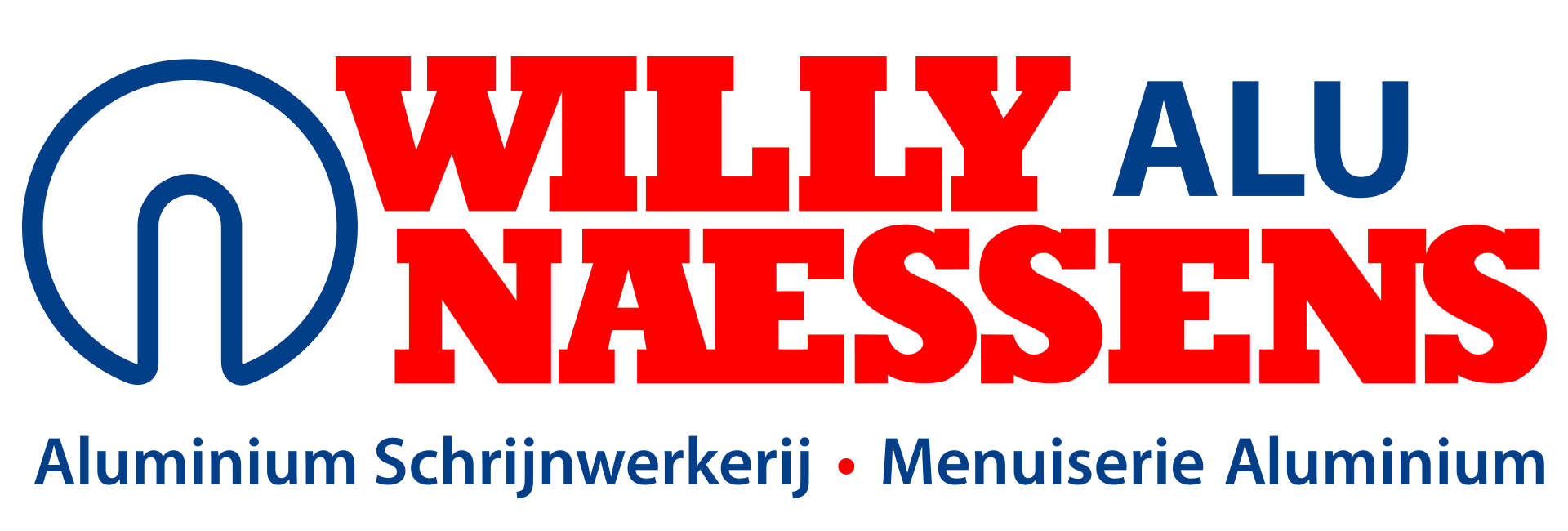Willy Naessens Group: strong as a group, close as a family!
'Third generation must also embody our values'
Despite growing to more than 2,500 employees, Willy Naessens Group remains a firmly rooted family business. The second and third generations continue that culture. 'In the family office we can sometimes differ in our opinions, but to the outside world we speak with one voice.'
You recently established a family office. What does that mean for the organisation?
Willy Naessens: The family office Koutermolen is our group holding company. This structure became necessary because the complexity of our group has increased enormously in recent years. Sixty years ago we started with one company, today we have more than 2,500 employees. We have the wind in our sails, but want to grow further in a sustainable and controlled way.
Dennis Ingelbeen, CEO of the family office: Until recently, the structure was very simple: the family had both feet in the operational workings. For years, Willy worked in tandem with then-CEO Dirk Deroose, and that worked fine. But sometimes you have to think ahead and anticipate problems. With growth, we felt that change was imminent. Dirk was getting so many questions that he felt, in his own words, like a “call centre”. There was too little space to think strategically about the business. That's why the family office came into being.
Sem Naessens, Director: The board of directors of the family office now has six members: Willy Naessens, Veerle Naessens, Filip Van Hautegem, Dirk Deroose, Dennis Ingelbeen and myself, each with their own area of expertise.
How has that changed the day-to-day management of the company?
Dennis Ingelbeen: The key question was: do we want to ensure long-term family ownership? For the first generation, this was obvious: we did not want to go public. The second generation also fully supported this. But the third generation, now in their twenties, also had to be involved.
Veerle Naessens, Director: There were intensive consultations. The youngest generation is ambitious and has its own vision, but they too want to keep the group family-like.
Dennis Ingelbeen: This is why we separated the operational and strategic management. The family took a step back from day-to-day operations to focus on three strategic goals: passing on experience to the next generation, thinking strategically, and being present and visible on the shop floor.
Veerle Naessens: The latter is particularly essential. We visit our companies regularly, even though it is easier to have people come to the head office. But our employees are rightly proud of their workplace and want to show it.
Willy Naessens: In addition, we always try to have someone from the family present at communions, weddings and funerals. We don't want to lose that personal approach.
As a family with three generations by now, how do you keep your noses in the same direction?
Dennis Ingelbeen: Disagreement within the family can indeed destabilise a company. That's why we always consult internally in the family office. There we can discuss everything and then go public with one voice.
Veerle Naessens: The charter defines how someone can join the company or become a shareholder. Besides these practical agreements, the charter also expresses our basic values: modesty, accessibility and down-to-earthness.
Sem Naessens: Anyone who wants to join the family business must first work elsewhere for three years to gain valuable external experience. That way, they learn what it means to function outside our walls.
Are there generational differences when it comes to the vision of entrepreneurship?
Dennis Ingelbeen: Not for the time being, because the way we are organised appears to be very successful. We turn EUR 1.2 billion in turnover, but we don't see ourselves as a mastodon, rather as a group of SMEs. Each of our companies operates autonomously and vertical integration is the key word with us. In this, Willy was visionary as a founder. Twenty years ago, outsourcing was everything and you were stupid if you didn't have your parts made in, say, Bangladesh. Willy went against that: he opted for separate companies making everything himself, he kept the core activities in-house. Since corona, when the supply chain was compromised, everyone thinks that makes sense. But you don't build such a structure overnight.
Willy Naessens: Thanks to this vertical integration, all links - sales, finishing, transport - can fit together nicely, and we can also respond flexibly to new developments. This vertical integration accounts for 3 per cent added value.
How do customers experience this family character?
Willy Naessens: We invest in long-term relationships and ties between families. That creates a favour factor. We make it a point to buy as much as possible from our customers. If we build for a car dealer, for example, we also buy cars from there.
How do younger generations get opportunities in the company?
Dennis Ingelbeen: Typical for Willy Naessens Group is that people are not judged on age, but on competences. As a result, you often see young people in key positions here. Conversely, we sometimes bring older profiles on board if we feel a certain department or company lacks maturity. With Willy himself as an example, employees can still work with us for a long time after they retire.
Willy Naessens: We also keep all profits in the group, we do not pay out. That is a very conscious choice. Every euro we earn is reinvested in the group to finance its growth. This way, we invest in the latest technologies while maintaining healthy financial parameters.
Dennis Ingelbeen: This indeed offers a lot of perspective. In many companies, entrepreneurial people move away to start their own business. At Willy Naessens Group this is not necessary. Internal entrepreneurship is greatly supported.
Photos: © switn


